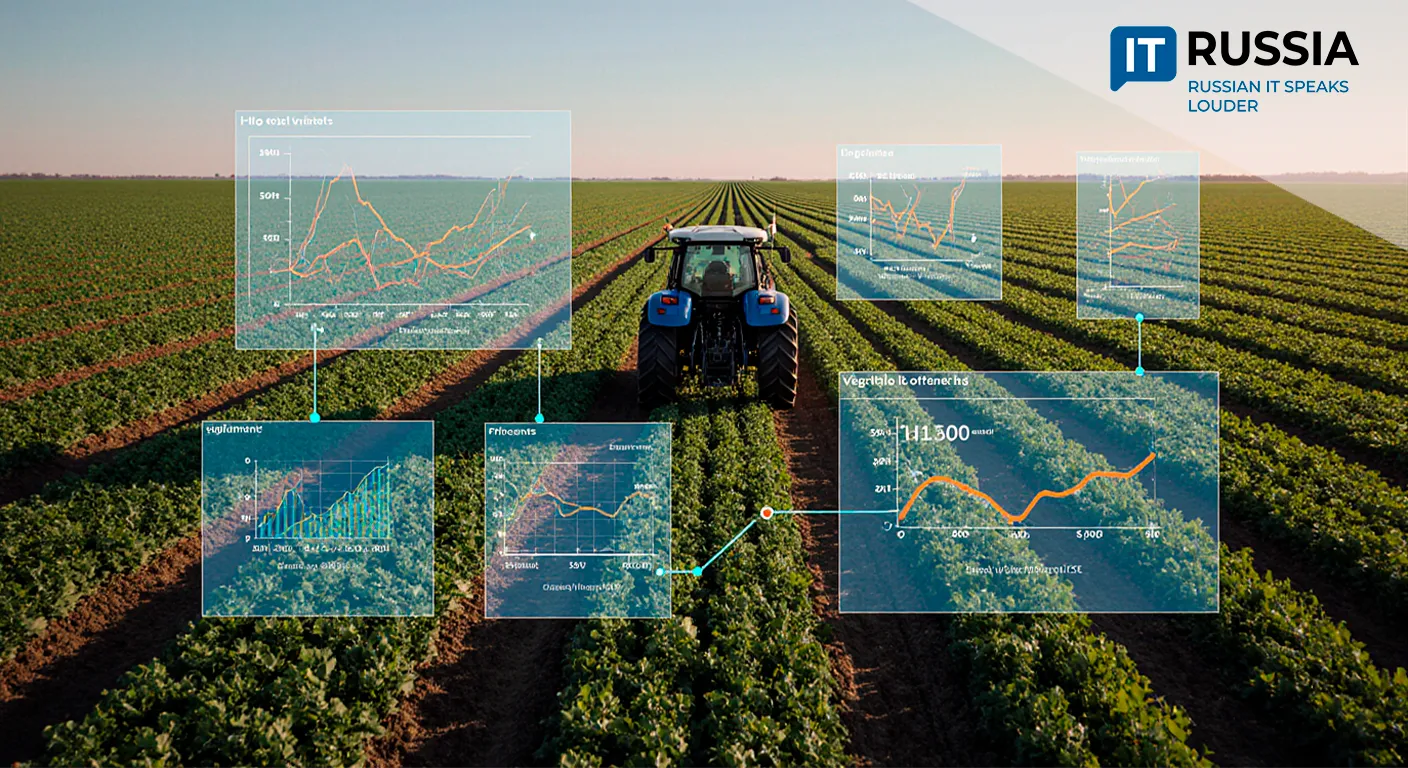Digital Analytical Platform to Replace EMISS: Russia's Data-Driven Future

Russia is moving from an outdated, fragmented data collection system to a unified, centralized digital ecosystem — one that promises to transform the quality, speed, and accessibility of official statistics.
A Unified Digital Field
On August 5, 2025, Rosstat officially became the operator and state customer of the new government technology platform — the Digital Analytical Platform for Statistical Data (DAP). Developed on the Gostech foundation, the platform will receive nearly 8 billion rubles in funding through 2030, making it one of Russia’s flagship IT projects.
DAP will replace the Unified Interdepartmental Statistical Information System (EMISS), which for decades operated on a siloed basis: each agency collected and submitted data independently, often in inconsistent formats and with delays or discrepancies. The new platform aims to eliminate these shortcomings by creating a single digital field for collecting, processing, and analyzing data using modern technologies.

Rosstat's New Authority
While EMISS played a key role, its efficiency had long declined — relying on manual processes, paper forms, and mismatched classification systems. This created duplicate requests to businesses, delays in reporting, and lower data quality. Rosstat, as the central statistical authority, had little control over the process and was more a consumer than an owner of the system.
The creation of DAP changes this dynamic. Rosstat now has full authority to define data requirements, organize collection, ensure quality control, manage the platform, and validate results. The Ministry of Digital Development remains responsible for technical implementation.

The platform sets unified statistical standards and supports automated data submission in machine-readable formats (XML, JSON, API), reducing the burden on respondents. It integrates administrative datasets from national registries (such as the Unified State Register of Legal Entities, property registries, the Social Insurance Fund, and the Pension Fund), enabling large-scale data aggregation without extra requests. AI-powered analytics shorten reporting timelines and improve accuracy.
Interagency Integration
DAP is the backbone of digital governance, and its efficiency will directly affect decision-making at all levels of government. For the state, it provides timely and comparable data — essential for monitoring national projects, assessing socio-economic trends, and managing crises. The platform can track, in real time, indicators such as employment, inflation, investment, and consumer activity.
For businesses, DAP reduces administrative overhead. Instead of repeatedly submitting the same data to multiple agencies, companies will send it once to a unified system. This saves time, cuts costs, and opens access to official statistics through open APIs for market analysis, forecasting, and decision-making by both companies and non-profits.

Two Years to Full Capacity
Gostech’s platform concept was included in the national “Digital Economy” project in 2021. In 2022, the first service — “Federal Property Online” — was launched on it. More services followed in 2023–2024, and today 27 government information systems run on DAP. In January 2025, AI was officially integrated into statistical processing, reducing analysis times by 30–40%. In August, Rosstat formally became the platform’s operator, receiving both the authority and funding to advance its development.
In the coming years, DAP will expand its capabilities in phases. Full integration of all key agencies is planned by 2027, at which point the platform will reach maximum capacity. Simultaneously, automated API-based data submission will become the standard, and AI-driven analytics will be used for forecasting, segmentation, and anomaly detection.
DAP’s success will be a key marker of the maturity of Russia’s digital economy.










































